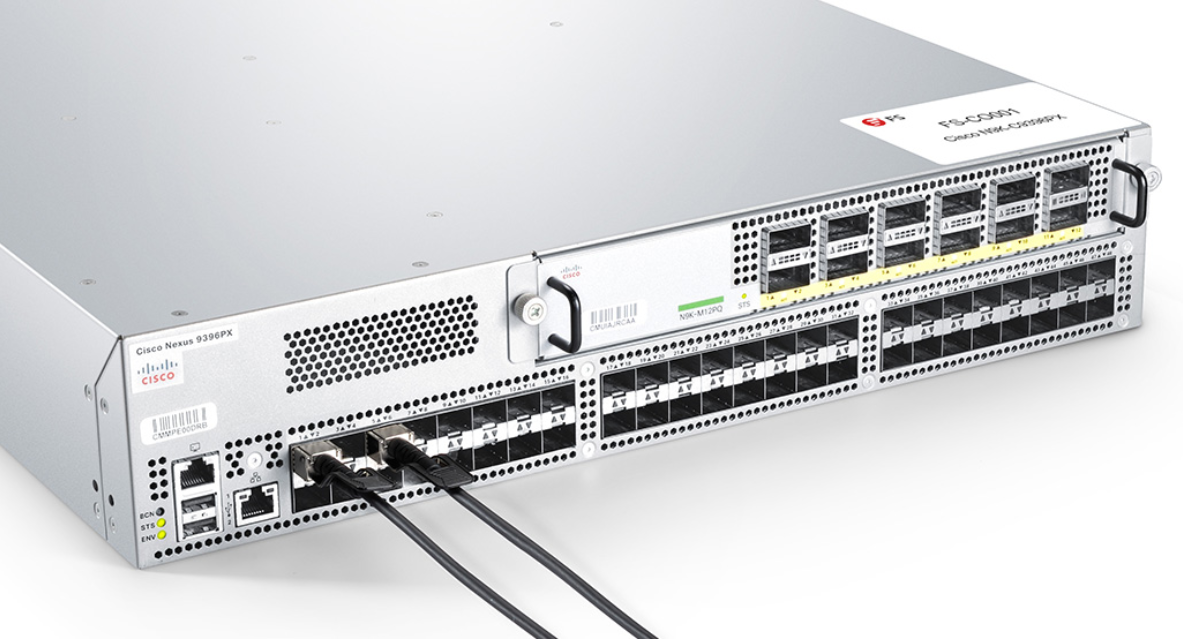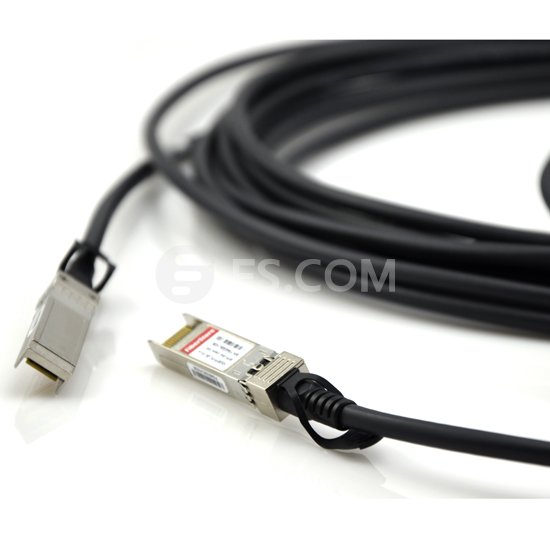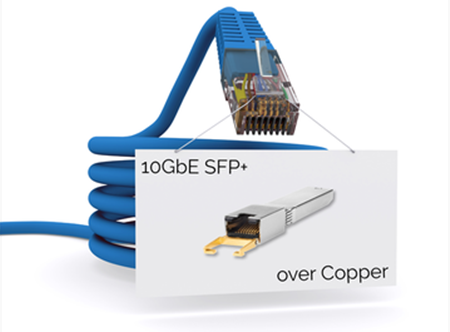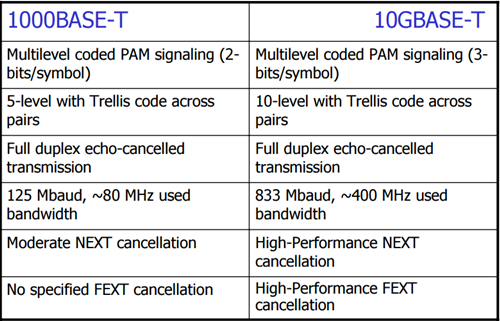Over the years, network cabling has undergone profound changes. 10GbE has successfully extended its coverage from enterprise data centers to medium network market. As the demands increase, it’s important to find an optimized solution for 10GbE applications. In this case, SFP+ DAC serves as a good option. This post will introduce basic information about SFP+ DAC.
What Is SFP+ DAC?
SFP+ DAC (direct attach cable), also named SFP+ DAC twinax cable or SFP+ direct attach copper cable, is a fixed assembly with a fixed length, and the SFP+ connector modules permanently attaches to each end of the cable. By connecting two SFP+ slots directly, SFP+ DAC effectively eliminates the costly optical transceivers required by the device and significantly reduces power consumption, latency, and installation time. Meanwhile, it uses an enhanced SFP+ connector to send data up to 10Gbps through a pair of transmitters and receivers over a thin twinax cable. Thus SFP+ DAC has become an optimized choice for modern short-range, high-speed 10 Gigabit Ethernet applications.

Types of SFP+ DAC
SFP+ DAC comes to two different types: passive SFP+ DAC and active SFP+ DAC.
Passive SFP+ DAC contains no electrical components, thus it requires little to no direct power to operate. So the host networking device must support the signal processing functions. When a SFP+ is inserted, networking gear compatible with passive SFP+ DAC reads the module type, and the signal conditioning is activated only when a passive SFP+ DAC is detected. Passive SFP+ DAC can afford the length ranging from 0.5m to7m, but it’s more susceptible to degradation due to attenuation and crosstalk.
Active SFP+ DAC needs DC power to integrate signal processing circuitry into its built-in connectors. That’s one of the reasons why active SFP+ DAC is usually more expensive than passive SFP+ DAC. Active SFP+ DAC has a silicon chip to improve the performance of the cable. It allows cables to be smaller, thinner, longer, and transmit data faster. It affords the length ranging over 7m.
Passive SFP+ DAC vs Active SFP+ DAC
- It has a lower cost and higher reliability.
- It has fewer components (No Active Tx /Rx Components) and only has capacitors, resistors, EEPROM and cable.
- It improves signal integrity and allows longer cable lengths.
- It provides Transmit Pre-emphasis and Active/Adaptive Receive Equalization.
- It allows no worries about host Tx/Rx for Cu cables
From the above, we can come to the conclusion that passive SFP+ DAC is much less expensive but requires the host to do the work of driving it properly, while active SFP+ DAC offers added benefits but cost a lot. When the distance is no more than 7m, passive SFP+ DAC is recommended. As for link distance is beyond 7m, active SFP+ DAC would be required.
Conclusion
SFP+ DAC is a cost-effective option to traditional fiber and twisted-pair copper cables in data center deployments. It can provide better performance for high-density deployments and improve electrical characteristics for the most reliable signal transmission. It’s typically used for connections between in-rack and inter-rack. So if you are looking for one, FS.COM offers various of high quality SFP+ DAC with different lengths. And we also offer customized services to meet your special needs. If you’re interested, please contact us at FS.COM.
Related Articles:
SFP+ DAC Twinax Cable Deployment Considerations
Introduction to 10G SFP+ Twinax Cabling
SFP+ DAC Vs. 10Gbase-T: Which One Benefits You Most?





